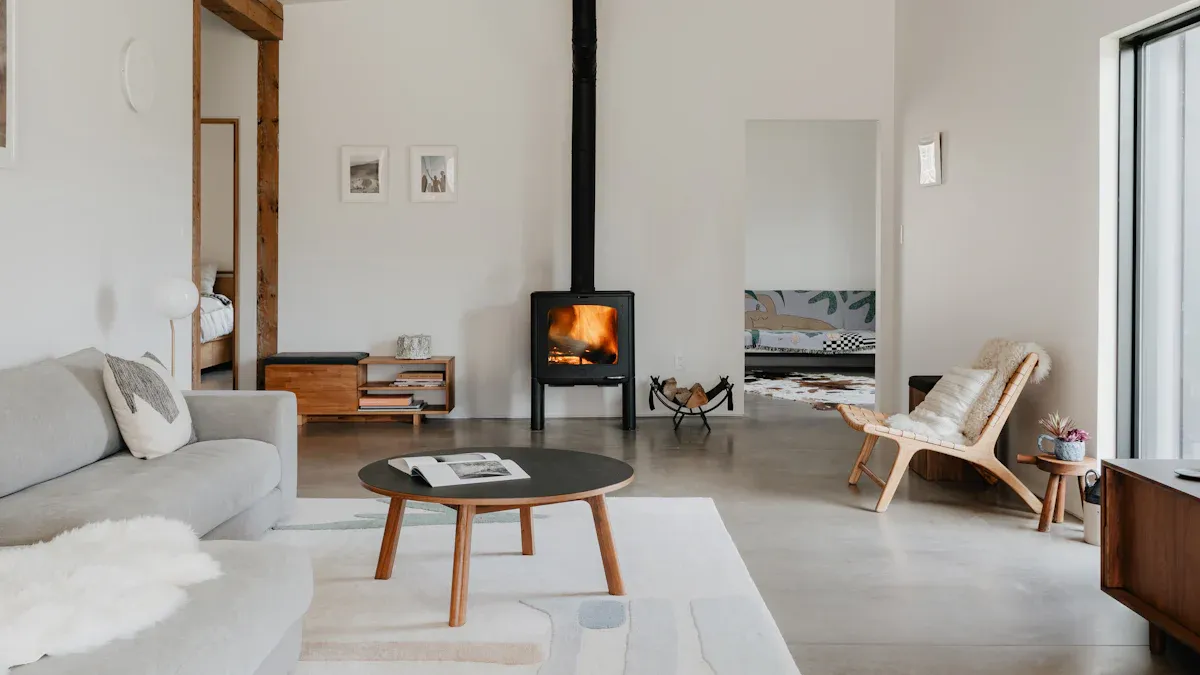
27 Sep Top Fire Resistant Wall Panel Options for Contemporary Houses
Table of Contents
Looking for the best fire resistant wall panels for your modern home? You can pick from MgO panels, HPL fireproof panels, gypsum board, or insulated concrete forms. These options help you stay safe, keep your house stylish, and use eco-friendly materials. Safety and design can go hand in hand.
Key Takeaways
Fire resistant wall panels keep your house safe from fire and smoke. They give you extra time to get out safely.
Picking materials like MgO panels or HPL panels makes your house safer. These panels also make your house look modern.
Check your fire resistant panels often and take care of them. This helps them work well and follow safety rules.
Fire Resistant Wall Panels Overview
Why Fire Resistance Matters
You want your house to be safe for your family. Fires can start fast and spread quickly. Fire resistant wall panels help protect your home. These panels slow down flames and smoke. This gives you more time to get out safely. Firefighters can also control the fire better.
Fire resistant building materials help keep your house strong in a fire. They stop fire from moving to other rooms. Modern materials like Type X drywall, MgO board, and insulated concrete forms meet strict safety rules. Here are some common types:
Type X Drywall: Gypsum with glass fibers, stops fire for one hour.
Type C Drywall: Even stronger, used in special fire-rated walls.
Fire-Rated FRP Panels: Light and do not soak up water.
MGO Board: Very good at stopping fire, does not spread flames.
Fire-Resistant Particle Boards: Treated wood, light and strong.
Stone Plastic Composite (SPC) Panels: Strong and safe from bad fumes.
Insulated Concrete Forms (ICF): Mixes concrete and insulation for fire safety.
Benefits for Modern Homes
Fire resistant wall panels do more than protect your house. They help you follow building rules and keep your home modern. Studies show these materials keep walls strong during a fire. They also protect the inside of your house.
Study Title | Key Findings |
|---|---|
Modular sandwich panel system for non-loadbearing walls | Fire tests show the panels stay strong and protect your home in a fire. |
Experimental study of fire exposed EPS insulation | Wall coverings help stop fires from hurting your home. |
Using fire resistant materials makes your home safer and more comfortable. These materials help save energy and keep your house looking new. Fire-resistant homes give you peace of mind. You know you have done your best to protect what matters most.
Top Fire Resistant Wall Panels
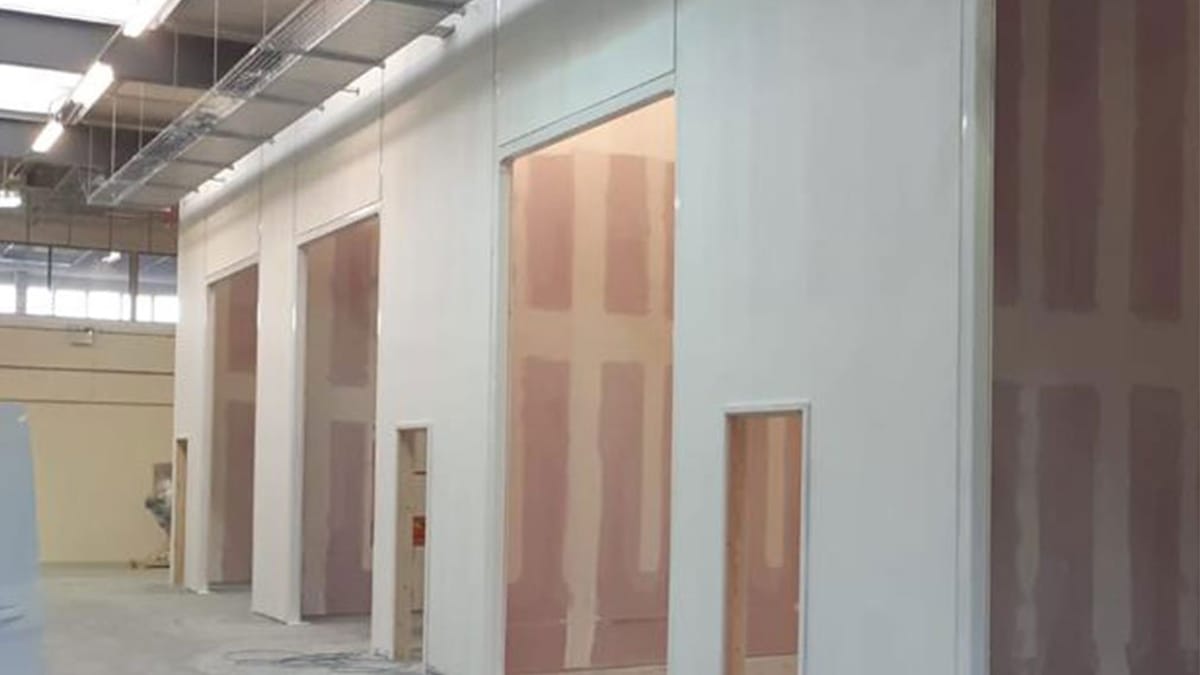 Choosing the right fire resistant wall panels can make your home safer and give it a modern look. Let’s break down the top 10 wall panel materials you should consider for your next project. Each one brings something special to the table, from fire safety to design flexibility.
Choosing the right fire resistant wall panels can make your home safer and give it a modern look. Let’s break down the top 10 wall panel materials you should consider for your next project. Each one brings something special to the table, from fire safety to design flexibility.
MgO Fire Resistant Wall Panel
MgO (magnesium oxide) panels stand out among the top 10 wall panel materials for their strong fire resistance. You can use them in almost any room, even in places with lots of moisture. MgO boards do not burn, and they keep their fireproof qualities even when wet. They also last a long time and do not grow mold.
Tip: MgO panels work well for both inside and outside walls. You can use them in kitchens, bathrooms, or even as exterior sheathing.
Here’s a quick look at how MgO panels perform:
Certification | What It Tests | Fire Rating Type |
|---|---|---|
ASTM E136 | Checks if materials are noncombustible | Noncombustible |
ASTM E84 | Tests how fire spreads on surfaces | Class A, B, C |
MgO panels also meet EN 13501-1 standards, which means they are Class A1 noncombustible. In Canada, they pass CAN/ULC S114 and ULC S135 tests. You can trust these panels for fire-rated walls and outdoor use.
Feature | Description |
|---|---|
Fire Resistance | Non-combustible, zero flame spread, perfect for fire-rated assemblies. |
Moisture Resistance | Does not absorb water, so it works in high-humidity areas and resists mold. |
Strength & Durability | More impact-resistant than drywall, handles heavy use. |
Ease of Installation | Easy to cut and install with regular tools. |
Exterior Sheathing Benefits | Lightweight and pest-resistant, great for hurricane-prone areas. |
You get a modern look with MgO panels, and they fit well with smart home systems. Some even offer touch-responsive surfaces and climate-reactive features. MgO panels use recyclable materials and low-carbon manufacturing, making them a smart choice for eco-friendly homes.
HPL Fireproof Panel
HPL (High Pressure Laminate) fireproof panels are another favorite in the top 10 wall panel materials. You get a strong, stylish finish that can handle heat and flames. HPL panels meet strict fire safety standards, so you can feel confident using them in your home.
Standard | Description | Classification |
|---|---|---|
EN 13501-1 | Classifies materials based on flame spread and smoke production. | B-s1,d0 (low combustibility, minimal smoke, no flaming particles) |
BS 476 Part 6 & 7 | Evaluates fire propagation. | Class 1 |
ASTM E84 | Measures flame spread index for North American markets. | Not specified |
IS 2046 | Local testing protocol for fire behavior. | Not specified |
HPL panels give you a modern look with many design options. You can pick from finishes that look like wood, stone, or even metal. These panels also use renewable resources and have controlled emissions, so they are better for the environment.
Aspect | Details |
|---|---|
Eco-friendliness | Made with renewable resources and low emissions. |
Aesthetic options | Many finishes, including wood and stone looks, for flexible design. |
You can use HPL panels for both walls and ceilings. They work well in living rooms, kitchens, and even commercial spaces. If you want fire resistant wall panels that look great and help the planet, HPL is a solid pick.
Gypsum Board
Gypsum board, often called drywall, is one of the most common fireproof building materials. It makes the list of top 10 wall panel materials because it is easy to use and offers good fire protection. You can choose Type X for a one-hour fire rating or Type C for up to two hours.
Type C gypsum board can last up to two hours in a fire.
Gypsum boards slow down fire because they hold water inside. When heated, the water turns to steam and forms a barrier against flames. This helps protect your home and gives you more time to get out safely.
Advantages | Limitations |
|---|---|
Fire resistance due to non-combustible core | Needs proper temperature during installation |
Releases steam when exposed to heat, retarding heat transfer | May fail in high moisture areas |
Note: Gypsum board works best in dry areas. It may not protect as well in places with lots of moisture, like bathrooms or basements.
You can use gypsum board to create a modern look in any room. It is easy to paint or cover with wallpaper. Many new types of gypsum board are lighter and stronger, so you need fewer layers for the same fire protection.
Insulated Concrete Forms (ICF)
Insulated Concrete Forms (ICF) are a top choice if you want the best fire resistant wall panels for your home. ICF walls use foam blocks filled with concrete. They can withstand fire for up to four hours, much longer than wood-frame walls.
Material Type | Fire Resistance Rating | Test Method |
|---|---|---|
Insulated Concrete Forms (ICFs) | 3-4 hours | ASTM E119 |
Wood-frame Construction | 1 hour or less | N/A |
ICFs can handle fire for up to four hours.
A 10-foot by 10-foot ICF wall stayed strong for three hours under heavy load.
Wood-frame walls usually collapse in less than an hour.
You get a modern look with ICF walls, and they help keep your home quiet and energy efficient. Here’s how you can use ICFs in your house:
Work with an architect who knows ICF systems.
Make sure your foundation is level and ready.
Stack the foam blocks to the right height.
Pour concrete in stages for even coverage.
Finish the walls with stucco, siding, or other materials.
Add roofing and run utilities through the foam layers.
Tip: ICFs cost more at first, but you save money over time with lower energy bills and less maintenance.
ICF panels also support smart home features and sustainable building. You can add fire-resistant windows and other upgrades for extra safety. Many ICF systems use recyclable materials and low-carbon processes, making them a smart pick for eco-friendly homes.
Comparing Fire Resistant Building Materials
 Fire Ratings and Certifications
Fire Ratings and Certifications
When you pick fire resistant building materials, check their safety standards. Look for fire ratings like ASTM E119 and UL certifications. These tests show how long a wall panel can last in a fire. Materials with fire retardant treatments or non-combustible cores protect better. Always ask for test reports from independent labs before you buy. Fire-resistant glass must also pass these tests to help keep your home safe.
Fire-resistant partition boards are tested with ASTM E119 and UL certifications.
ASTM E119 shows how long a material can stand up to fire.
UL certifications prove the maker’s claims about fire safety.
Durability and Maintenance
You want fire resistant materials that last and are easy to care for. Phenolic panels are good for busy places because they meet strict fire codes and do not get damaged easily. If you use panels made for quick installation, you save time and money. Check your panels often to find damage early. Fix cracks or gaps right away to keep your wall strong. Fire-resistant glass is easy to clean and does not need special care. Fire retardant treatments help panels stay safe longer, so you worry less about repairs.
Fix problems quickly to keep fire resistance.
Write down inspections and repairs for safety checks.
Design and Aesthetic Options
You do not have to lose style to stay safe. Fire resistant building materials come in many designs. You can choose 3D fluted curved panels, textured fiber cement, or acoustic panels that stop sound and resist fire. Fire-resistant glass looks modern and lets in sunlight. Many fire resistant materials are eco-friendly and resist water, so they last long and need little care.
Material Type | Design Options | Fire Resistance | Aesthetic Appeal |
|---|---|---|---|
Fiber Cement | Textured, modern, many shapes and profiles | Yes | Masonry look, versatile |
WPC Panels | 3D fluted, marble sheets, wood slat panels | Yes | Artistic, modern designs |
Acoustic Panels | Fire-rated, sound control, luxury finish | Yes | Seamless, high-end look |
Fire-resistant glass | Clear, frosted, patterned | Yes | Sleek, bright spaces |
Tip: You can mix fire resistant building materials for a custom look and better protection. Fire-resistant glass works well with other panels for extra safety and style.
Choosing Fire Resistant Materials
Key Features to Consider
When you pick fire resistant materials, think about more than fire safety. You should see if the panels stop heat well. Check if they are easy to put up. Make sure they match your home’s style. Here is a table to help you compare:
Feature | Description |
|---|---|
Fire Protection | Panels can handle high heat. They give you time to leave if there is a fire. |
Cost Efficiency | Ready-made panels are quick to install and cost less. |
Adaptability | You can use them in many rooms and designs. |
Insulation | High R-ratings (up to R-23) keep your house warm or cool. They help save energy. |
Environmental Sustainability | Many panels can be recycled. They are safe for the earth. |
Tip: Always check the fire rating. Make sure the panels fit your home.
Cost and Value
You want good value for your money. Some fire resistant materials cost more at first. But they help you save money later. Here is a table that shows what you might pay:
Material Type | Cost per Square Foot | Characteristics |
|---|---|---|
Vinyl Siding | $4 – $8 | Cheap, but does not add much value |
Fiber Cement Panels | $6 – $12 | Strong, not too expensive, needs skilled workers |
Metal Panels | $10 – $20 | Lasts a long time, looks modern |
Composite Wood Slat | $12 – $18 | Looks nice, stands up to weather, easy to care for |
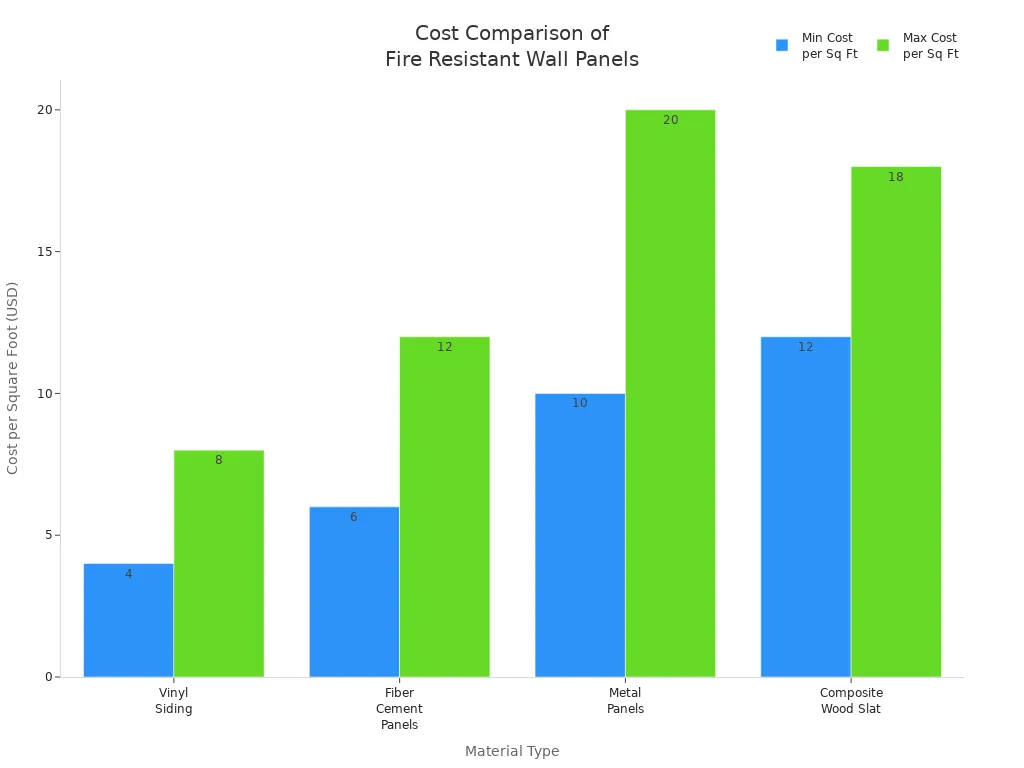
When you buy fire resistant materials, you get more than safety:
Your family and house are safer
The panels last longer and need fewer fixes
Climate and Environmental Suitability
Your local weather matters when you pick fire resistant materials. In wet places, fiber cement works well. It does not bend or rot. If you live where it is hot or wildfires happen, try MgO boards or moisture-resistant gypsum. These panels help keep your house cool and safe. Insulated panels help you save money on energy bills. They keep the temperature inside steady.
Remember: The right fire resistant materials keep your home safe and help the earth too.
House Cladding and Fire Safety
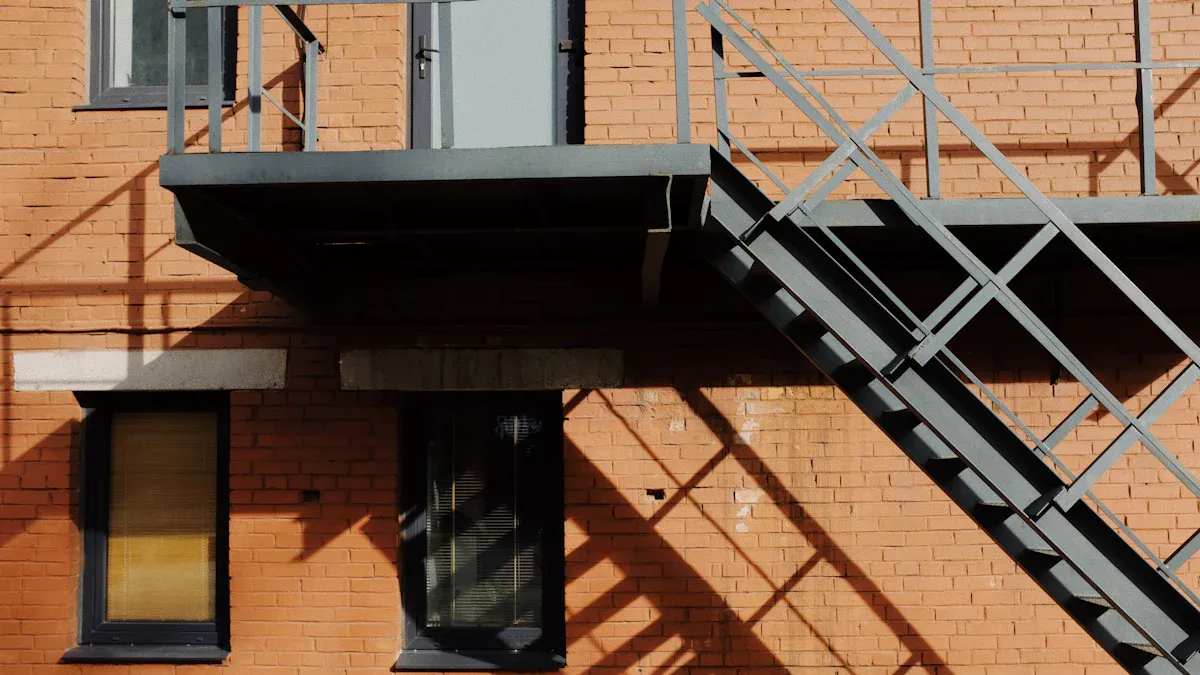
Exterior Applications
Protecting your house means caring about the outside too. House cladding acts like a shield for your walls. It keeps out fire, bad weather, and damage. There are many cladding choices, but not all protect well from fire.
Here’s how some cladding types help with fire safety:
Cladding Type | Fire Safety Feature | Description |
|---|---|---|
Delays Fire Spread | Gives you more time to escape and helps firefighters. | |
Aluminum Cladding | Fire Resistance | Does not burn and stands up to heat. |
VulcaLap Aluminum | Non-Combustible | Rated A2-s1, d0, so it is very safe for tall buildings. |
Modern Facades | First Line of Defense | Uses fiber cement or fire-rated glass for extra safety. |
You should follow some important steps for outside walls:
Choose cladding that does not burn, like stucco, fiber cement, or metal siding.
Use fire-retardant sheathing and framing for more safety.
Put metal screens to block embers from getting in.
Do not leave air gaps behind cladding, so fire cannot sneak inside.
These actions help your house meet fire safety rules. They also keep your family safer.
Enhancing Home Protection
Fire resistant materials do more than slow down flames. They protect your house from outside dangers, like wildfires. When you use fire resistant wall panels outside, you make a barrier. This stops heat and flames from reaching weak spots, like windows and eaves. It makes it much harder for fire to get inside.
You also lower the chance of damage and make your house safer for everyone. Cladding made from fire resistant materials helps you follow safety codes. It also gives you peace of mind. If you want a modern house that stands up to fire, pick cladding that acts as your first shield.
Tip: Always check if your cladding is rated for fire safety. This small step can help a lot in an emergency.
Picking the right fire resistant wall panels keeps your home safe and stylish. You should look at key factors:
Factor | Description |
|---|---|
Fire Resistance | Choose panels that protect against fire risks. |
Material Quality | Pick strong, tested materials like MgO. |
Compliance with Codes | Make sure panels meet local safety rules. |
Cost vs. Design | Balance your budget with looks and safety. |
Customization Options | Find panels that fit your style. |
Want to get it right? Try these steps:
Get your walls ready and fix any cracks.
Measure and mark carefully.
Cut panels with the right tools.
Attach panels straight and secure.
Use screws or fire-rated glue.
Double-check your work and seal gaps.
Add trims for a clean finish.
You can also check guides from architects or building experts. These resources help you compare materials, understand fire ratings, and pick what works best for your home. If you feel unsure, talk to a pro for advice. Your choices today can protect your family and give your house a modern look.
FAQ
What is the best fire resistant wall panel for a modern home?
MgO panels give you strong fire protection and a sleek look. You can use them inside or outside. They also last a long time.
Can you paint fire resistant wall panels?
Yes, you can paint most fire resistant panels. Make sure you use paint that matches the panel type. Always check the manufacturer’s instructions.
Do fire resistant panels help lower insurance costs?
You might get lower insurance rates if you use fire resistant panels. Insurance companies like homes with extra safety features. Ask your agent for details

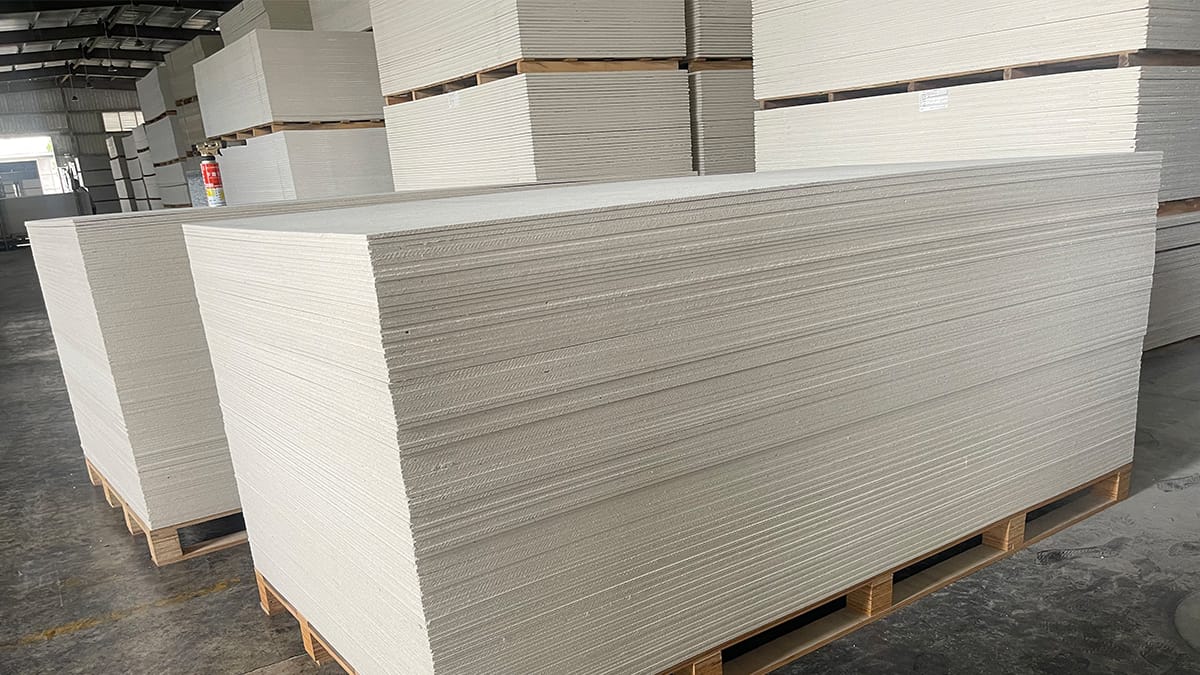 Fire Ratings and Certifications
Fire Ratings and Certifications